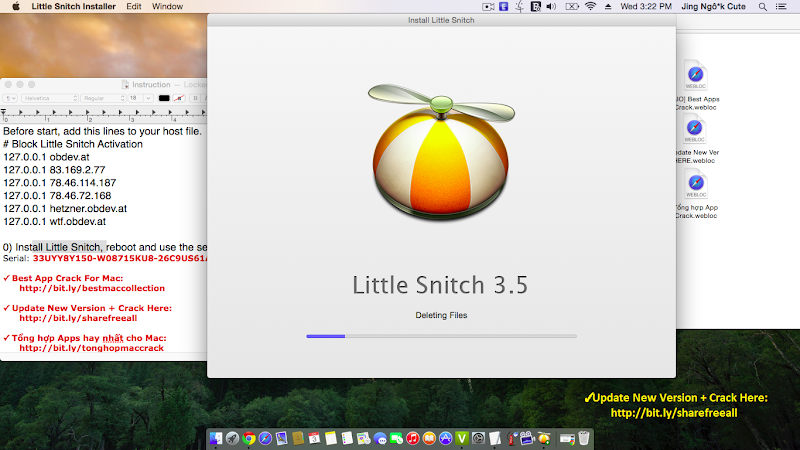
It resets when you quit the app or restart your computer and the dialogue box will pop up again. Checking the temporarily box makes the rule temporary for that specific program ID. Personally, I only allow Apple-signed programs to connect automatically, all third-party apps require manual confirmation to create rules.Ĭlicking the Block or Allow button determines whether the application will access the Internet or not. The choice you make here depends on how you wish to use the program. Lulu uses the same approach to application firewall as Little Snitch it alerts you of outgoing connections and asks you confirm every connection your apps are trying to make.Īfter installing it, you can choose to allow all default Apple apps and existing third-party apps to connect to the Internet without confirmation. If you’ve been using Little Snitch before now, you shouldn’t have a problem using Lulu. This means that it’s not just free, but also anyone can contribute to its development. Unlike Little Snitch, Lulu is an open source software with its source code already on GitHub. If you’ve been looking for a free Little Snitch alternative that works with macOS Mojave and previous macOS versions, Lulu is what you need. To avoid this, you have to buy the full version. If you’re using the free version of Little Snitch, you have to deal with the fact that it automatically quits after every three hours.

I’ve been using it for quite a while but recently ditched it when I found a free alternative that equally works great.

Little Snitch is probably the best host-based application firewall solution for macOS app.


 0 kommentar(er)
0 kommentar(er)
